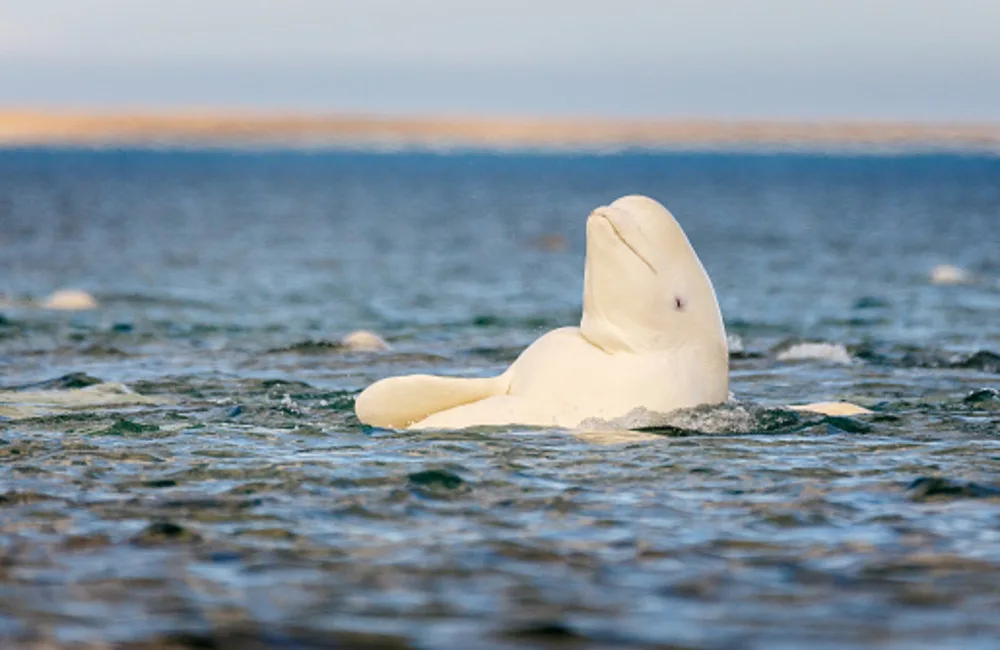
Researchers find microplastics in every beluga whale they tested
It is the first study of its kind in Canada, and the results will shock you.
Recently British Columbia's very own Ocean Wise partnered with The Department of Fisheries and Oceans and the Tuktoyaktuk Community in the Arctic to test the stomachs of beluga whales for microplastics.
Up until now, no study had ever been done on microplastics and marine mammals in Canada. Researcher Rhiannon Moore and her partners took samples from seven different whales.
While that doesn't sound like a large sample size, Moore says it is a lot of work to flush out the digestive systems of large creatures.
She adds that they found microplastics in the stomachs and intestines of all seven whales and not just one type of plastic, but nine different kinds were discovered.
The plastic problem in the ocean doesn't seem to be slowing down according to Moore. In fact, recent studies suggest that the Great Pacific Garbage Patch is much larger than previously estimated, around 1.6 million square kilometres.
This research with the beluga whales is extremely important because it proves that microplastics are finding their way into marine mammals but also because of beluga whales’ significance in the Arctic. For years they have been an important food source, so could these Arctic communities also be ingesting microplastics?
"From what we know right now, the microplastics are staying within the digestive system and they are being passed through," says Moore.
They were able to determine this because they found microplastics in the feces, but Moore adds there hasn't been enough research done to show what the continued exposure to the particles could mean for the whales, and if this could impact the Tuktoyaktuk community and other communities that harvest beluga whales in the future.
The next step of the study is to try and figure out where these microplastics are coming from. According to Moore, this won't be an easy task since beluga whales eat a wide range of food and there is no way to track plastics, but they have selected several important fish in their food web to look at how many microplastics those fish might be eating to try and map out how they move around the food web.
In the meantime, though Moore says she remains optimistic that people are starting to wake up to the plastic problem and hope that now that there is evidence microplastics are impacting marine mammals, people will work harder to try and find a solution.
Be sure to watch the video above for the full report.
WHAT YOU DIDN'T KNOW ABOUT THE WORLD'S OCEANS AND HOW WE CAN HELP:
Thumbnail image courtesy of Getty Images











